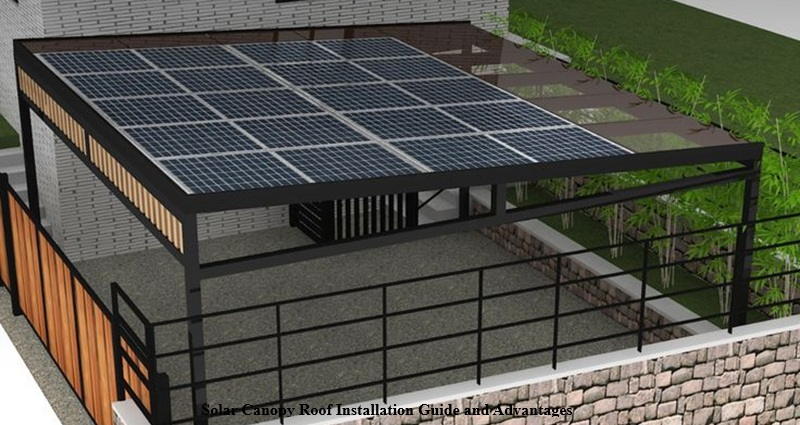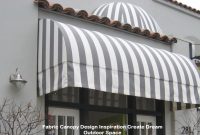In recent years, renewable energy solutions have become an essential part of modern living. Among various innovations, the solar canopy roof stands out as a design that combines energy efficiency with structural functionality. More than just a shelter, it generates clean electricity while adding architectural value to residential and commercial spaces. To make the most of this system, understanding the installation process and the benefits it provides is crucial.

Step-by-Step Guide to Solar Canopy Roof Installation
Installing a solar canopy roof is not only about placing panels above a structure. It involves a sequence of careful steps to ensure stability, energy performance, and long-term durability. The process is typically divided into three important phases that determine the success of the project.
Preparing the Roof Structure for Solar Canopy
The preparation stage begins with an evaluation of the existing structure. Engineers or builders must assess whether the roof or canopy can handle the weight of the panels and supporting materials. This includes checking the slope, orientation toward sunlight, and the overall condition of the frame. Without these assessments, the system may fail to operate efficiently.
Choosing the Right Solar Canopy Materials
After the structure has been evaluated, the focus shifts to selecting suitable materials. Aluminum is often chosen because of its lightweight nature and resistance to corrosion. Steel frames may be used for larger installations where additional strength is needed. Each choice affects both the appearance and the durability of the canopy.
The type of solar panel is equally important. Monocrystalline panels have a higher and neater efficiency, but they are much more expensive. Polycrystalline panels provide a more budget-friendly option, though with slightly lower efficiency. Deciding between these types depends on budget, design preference, and expected energy production.
Professional Installation Process for Durability
The final step involves professional installation, where accuracy and expertise are essential. Panels are mounted at an angle designed to capture maximum sunlight throughout the day. Proper wiring and connection to an inverter allow the conversion of direct current into alternating current, making the electricity usable for daily needs.
A well-executed installation ensures that the canopy not only generates energy but also lasts for years without significant maintenance. Professional handling reduces risks such as electrical faults, poor alignment, or weather-related issues that could compromise performance.
Protection Against Weather and Longevity
Apart from generating energy, the canopy functions as a shield against harsh weather. It provides shade during hot days and protection during rainy seasons. With durable materials designed to resist corrosion and wear, the structure can remain reliable over the long term. This dual functionality positions the canopy as both a power source and a practical shelter.
Architectural Value and Sustainability
A well-designed solar canopy roof adds modern appeal to buildings. Transparent or semi-transparent panel designs offer a sleek and futuristic look, while still maintaining functionality. Incorporating renewable energy into architecture not only elevates the appearance of a property but also increases its market value. Buyers and tenants often view eco-friendly features as a significant advantage, making the property more desirable.
Reported from the YouTube channel @solarluxinternational a homeowner shared that after installing a glass canopy with solar cells, the harsh sunlight on the terrace turned into a soft glow because the semi-transparent panels filtered the rays. At the same time, the canopy created a modern and elegant atmosphere, with morning light and afternoon shadows adding unique aesthetic value to the house.
Comparative Sentence With Canopy That Only Offers Shade
Compared to a conventional metal or polycarbonate canopy that only offers shade, a glass canopy with solar cells provides the dual benefit of generating clean energy while keeping the design sleek and stylish, making it a more advanced choice than other canopy types.
The installation of a solar canopy roof represents an effective way to merge functionality with sustainability. Through careful preparation of the structure, proper material selection, and professional installation, the system becomes a long-term investment that delivers energy savings, protection, and added property value. /Wulansa



